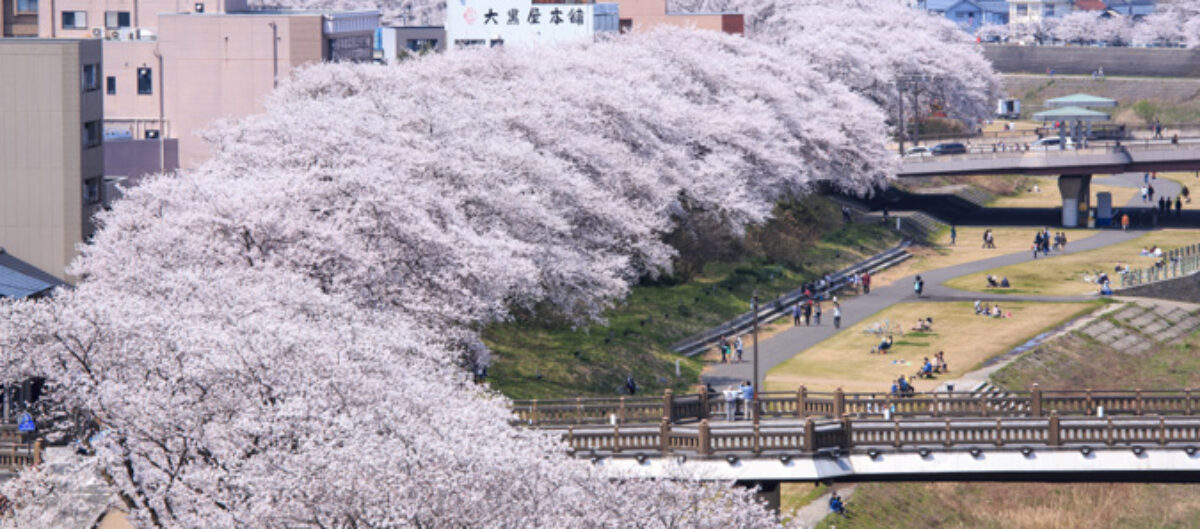
July/3/2021
William Elliot Griffis (1843–1928) was an American who taught physics and chemistry in Fukui. He also wrote a lot of books that presented Japan to the world. Thanks to his great achievements and character, he was loved by people in Fukui.
Griffis was born in America in 1843. In 1865, when he was 22 years old, he got into Rutgers University. At that time Japan was in a turbulent period. The nation had been closed from 1639 to 1853, and during that period it had rarely had diplomatic relations. However, in 1853 Japan had opened its doors and begun rapidly adopting Western culture. It was as part of this trend that Griffis was invited to Fukui when he was 27 to teach physics and chemistry.
Griffis did a lot of things in his life, but he did the following for Fukui and Japan:
- He taught languages to Kusakabe Taro.
- He taught physics and chemistry in Fukui.
- He wrote a lot of books about Japan in English.

Kusakabe Taro (1845–1870) was the first international student from the Fukui Domain. He studied at Rutgers University in America, and there Griffis taught him several languages. (Griffis himself was then a student at Rutgers, but he also taught there because he was the best and brightest student at the school.)
Kusakabe was an excellent student and rose to the top of his class. He was diligent, sincere, and polite, and Griffis respected him. Sadly, Kusakabe got sick and passed away before he was able to graduate.
The encounter with Kusakabe was Griffis’s first connection with Fukui. He became interested in Fukui and Japan because of this excellent student of his.
Surprisingly, the leaders of the Fukui Domain (the area that Kusakabe Taro had been from) asked Griffis to come to Fukui and teach. At that time there were no airplanes, so it took a very long time to get from America to Japan. He knew there was a possibility that he’d never be able to come back to America, but he decided to accept the offer. When he was 27 he went to Fukui, and he taught science there for about a year.
Griffis built the first American-style chemistry laboratory in Japan. He taught science in earnest, and his class was very exciting for the people who took it. He planted the seeds of science in Fukui and Japan.
Griffis was outgoing in his interactions with people in Fukui, and he tried to get to know Fukui and Japan. As I wrote earlier, Japan was changing drastically at that time as it tried to incorporate Western civilization. He experienced those changes and wrote a lot of books about them. The book The Mikado’s Empire was especially popular and became a bestseller in America.

Some of the students in Fukui who learned science from Griffis later became great scientific pioneers in Japan. For example, Ishizuka Sagen became a doctor who founded the field of dietary education (shokuiku). Hirase Sakugoro was the first person in the world to find swimming sperm inside ginkgo seeds. Sasaki Chujiro became a pioneer in modern sericulture and silk reeling.

Griffis did his job diligently and passionately, and because of this he was loved and respected by people in Fukui. One episode shows how popular he was: When he was 83 he went back to Fukui with his wife for the first time in 55 years. When he reached Fukui Station, about 1,500 citizens were there to welcome him.
Griffis passed away at the age of 84, but his influence didn’t end there.
In 1981 the University of Fukui established an academic exchange program with Rutgers University, where Griffis had studied. In 1990 Fukui and New Brunswick (the city where Rutgers is located) created a sister-city relationship.


In 2015 a house in Fukui where Griffis had once lived was restored. The house is now called the Fukui City Griffis Museum, and it contains numerous panels that describe the achievement of Griffis in both English and Japanese. (It takes 15 minutes to walk there from JR Fukui Station. The museum is open from 10 a.m. to 7 p.m., and it’s open every day outside the New Year’s holiday. Entry is free. The museum has an English website that provides details.)

Near the Asuwa River is a pair of statues, one of Griffis and the other of Kusakabe. They’re a five-minute walk from the museum.
Griffis first went to Fukui 150 years ago, but the people of the city will never forget him.
(References)
「The Mikado’s Empire」(William Elliot Griffis) (IBC パブリッシング)
「Japan in History, Folklore and Art」(William Elliot Griffis)(BIBLIOLIFE)
「Griffis in Japan: The Fukui Interlude,1871」(Edward R. Beauchamp) (Sophia University)
「よみがえる心のかけ橋」(福井市立郷土歴史博物館)
「グリフィスの福井生活」(山下英一)(福井県文書館)
「グリフィスと福井」(山下英一)(福井県観光営業部観光振興課国際室)
「グリフィスと福井 増補改訂版」(著:山下英一、監修:国立大学法人福井大学)(株式会社エクシート)
「グリフィスと日本」(山下英一)(株式会社 近代文藝社)
「グリフィス福井書簡」(山下英一)(シナジー株式会社)
